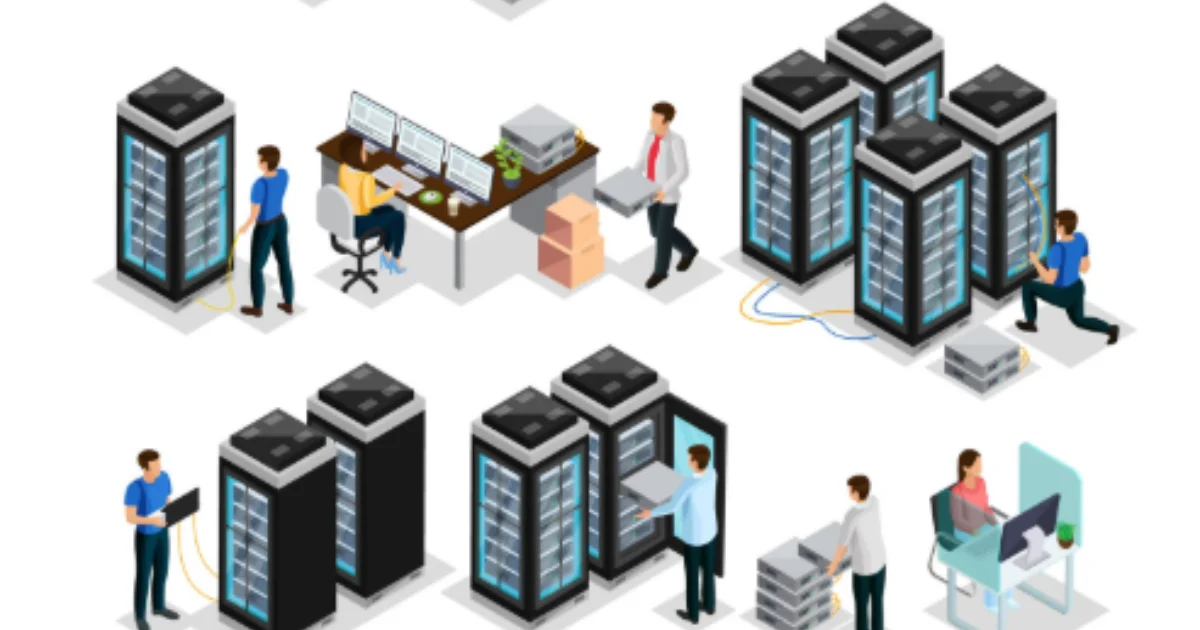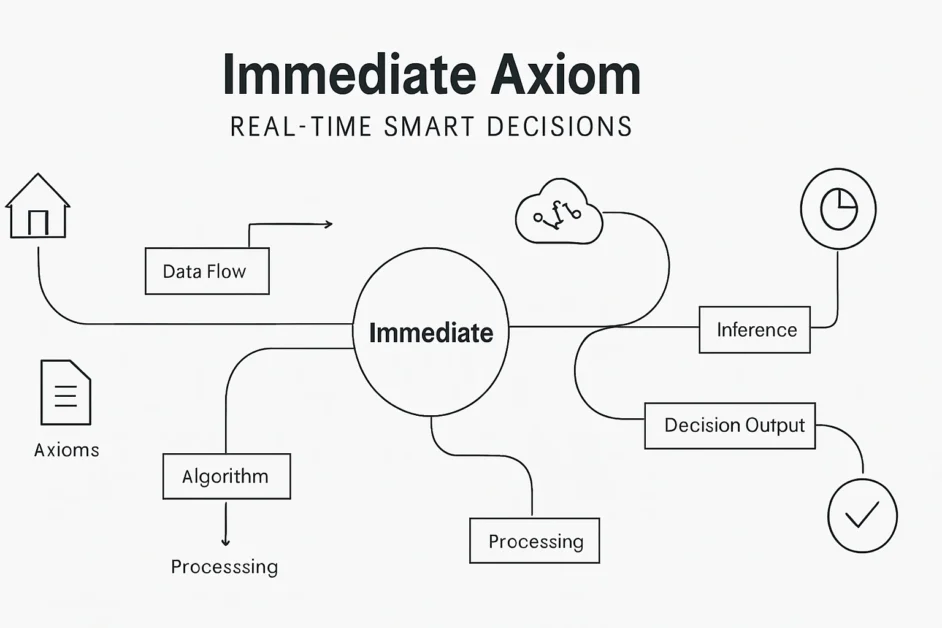Servers are the backbone of modern business operations—powering websites, managing data, running applications, and ensuring seamless digital communication. But like any piece of technology, servers don’t last forever. Knowing the lifecycle of servers—from purchase to retirement—is key to keeping systems efficient, secure, and cost-effective.
In this guide, we’ll walk through the stages of a server’s lifecycle, explain how to recognize when it’s time to sell or upgrade, and share best practices to maximize value at every stage.
What Is the Lifecycle of a Server?
The lifecycle of a server refers to the complete journey of a server—from its initial purchase and deployment to its eventual replacement or resale.
Typically, the lifecycle includes these major stages:
-
Planning and Procurement
-
Deployment and Configuration
-
Active Use and Maintenance
-
Performance Decline and Evaluation
-
Upgrade or Replacement Decision
-
Decommissioning or Resale
Each stage plays a critical role in determining how well the server performs, how secure it remains, and how much return you get from your investment.
1. Planning and Procurement
Before any server is installed, businesses must assess their current and future needs. The planning phase involves:
-
Workload analysis: What applications will run? What’s the expected traffic and data volume?
-
Budgeting: How much can the company spend upfront and on long-term maintenance?
-
Scalability planning: Can the server handle future growth?
-
Energy and space considerations: How will power, cooling, and rack space affect performance?
Example:
A growing eCommerce company might start with mid-range servers to handle customer transactions but plan for future expansion with modular systems that can scale easily.
2. Deployment and Configuration
Once purchased, servers enter the deployment phase—where they are installed, configured, and integrated into the company’s IT infrastructure.
Key tasks during this phase include:
-
Installing the operating system and essential software
-
Configuring network connections
-
Setting up data backups and security protocols
-
Testing performance and stability
During deployment, one of the most common platforms businesses use is Windows Server, known for its reliability, compatibility, and enterprise-level management tools. Understanding which operating system best suits your environment—whether it’s Windows Server, Linux, or a cloud-based option—can make a big difference in performance and scalability.
Proper setup during deployment ensures your servers run efficiently and securely right from the start.
3. Active Use and Maintenance
This is the longest phase in the lifecycle of servers. During this period, servers are fully operational—hosting websites, storing data, or managing enterprise applications.
To extend their lifespan, ongoing maintenance is crucial:
-
Regular updates: Apply software and firmware updates.
-
Monitoring: Track temperature, CPU usage, and network activity.
-
Backups: Ensure frequent data backups and disaster recovery plans.
-
Security checks: Run regular vulnerability scans and patch management.
A well-maintained server can function efficiently for 3–5 years, sometimes longer depending on usage and environment.
4. Performance Decline and Evaluation
No matter how well you maintain your servers, performance naturally declines over time. As hardware ages, newer technologies outperform older components.
Signs your server is reaching the end of its prime include:
-
Slower processing speed
-
Increased downtime or hardware failures
-
Rising energy consumption
-
Compatibility issues with modern software
-
Higher maintenance costs
This stage calls for careful evaluation—should you continue repairing the server, or is it time to upgrade or sell?
5. When to Sell or Upgrade Your Server
This is a critical decision in the lifecycle of servers. Upgrading too early wastes money, but waiting too long risks productivity and data security.
Here’s how to decide:
Sell or Replace When:
-
Maintenance costs exceed 40% of replacement cost
-
Hardware is 4–6 years old
-
The server can’t support the latest software or OS
-
Power and cooling costs are rising significantly
-
Hardware performance affects business operations
Upgrade When:
-
Only specific components are outdated (e.g., RAM, SSDs, CPUs)
-
The chassis or motherboard still supports newer hardware
-
You can enhance performance without full replacement
Pro Tip:
Many companies sell their old servers to IT asset recovery services or secondary market resellers. This not only offsets upgrade costs but also supports sustainability by reusing electronics.
6. Decommissioning and Data Sanitization
When a server reaches its end of life, secure decommissioning is vital. Improper disposal can lead to data leaks, environmental harm, and compliance violations.
Follow these steps:
-
Backup critical data before removal.
-
Wipe drives securely using certified data destruction software.
-
Remove all identifying labels or serial numbers.
-
Recycle or resell responsibly through verified partners.
Example:
A healthcare provider must comply with data privacy laws like HIPAA. Before selling servers, they must ensure all patient data is irreversibly wiped using industry-approved methods.
Extending the Server Lifecycle: Best Practices
A server’s lifespan doesn’t have to end early. Here are ways to extend its useful years:
-
Prevent overheating by maintaining proper cooling systems.
-
Use virtualization to host multiple workloads efficiently on fewer physical servers.
-
Upgrade components periodically, such as replacing SSDs or adding memory.
-
Monitor performance regularly using tools like Nagios or PRTG.
-
Adopt predictive maintenance to forecast hardware issues before failure.
By following these practices, businesses can stretch server life while maintaining reliability.
The Role of Server Lifecycle Management (SLM)
Server Lifecycle Management (SLM) is a structured approach to monitor and manage servers from acquisition to retirement.
Effective SLM offers:
-
Reduced downtime through proactive maintenance
-
Cost savings via optimized replacement cycles
-
Improved sustainability with eco-friendly disposal
-
Data security compliance throughout the process
Many organizations now use automated asset tracking systems to record installation dates, warranties, and maintenance schedules, ensuring no server is overlooked.
Environmental Impact of Server Upgrades
Beyond performance and cost, there’s a growing focus on sustainability. Outdated servers consume more energy, increasing carbon footprints.
Upgrading to newer, energy-efficient servers helps:
-
Lower power consumption
-
Reduce cooling requirements
-
Minimize e-waste when old hardware is responsibly recycled
Did You Know?
According to the U.S. Department of Energy, modern servers are up to 40% more energy-efficient than those built just five years ago.
Real-World Example: Data Center Server Lifecycle
Let’s consider a real-world scenario from a mid-sized data center:
-
Year 1–2: Servers run efficiently with minimal maintenance.
-
Year 3–4: Performance issues begin; minor upgrades are applied.
-
Year 5: Power consumption rises; downtime incidents increase.
-
Year 6: The company sells older servers to a refurbishing firm and upgrades to energy-efficient models.
Result: The data center reduces operational costs by 25% and boosts system reliability significantly.
Financial Perspective: ROI and Depreciation
Servers are capital assets, and their value decreases over time through depreciation. Understanding this helps determine the best time to upgrade.
Most companies use a 3–5 year depreciation schedule. Selling or upgrading servers near the end of this cycle maximizes financial returns.
Financial Benefits of Timely Replacement:
-
Lower maintenance costs
-
Higher resale value
-
Energy savings
-
Reduced risk of data loss or downtime
Security Considerations at End-of-Life
Old servers often carry sensitive company data. If not handled correctly, this can lead to breaches even after retirement.
To stay secure:
-
Use data destruction certificates from vendors
-
Disable user accounts before decommissioning
-
Keep hardware inventory logs for accountability
Compliance with standards like ISO 27001 or GDPR is essential, especially for organizations handling personal or financial information.
The Future of Server Lifecycle Management
Technology evolves fast, and so does the lifecycle of servers. Future trends shaping this area include:
-
AI-powered predictive analytics to forecast failures
-
Cloud-hybrid models reducing physical hardware dependency
-
Green IT initiatives promoting recyclable materials
-
Edge computing bringing shorter but more dynamic lifecycle cycles
The future emphasizes smarter, more sustainable, and automated server lifecycle processes.
Key Takeaways
-
The average server lifecycle lasts 3–6 years.
-
Regular maintenance and upgrades extend lifespan and save costs.
-
Selling old servers recovers value and supports sustainability.
-
Proper decommissioning ensures data safety and compliance.
-
Lifecycle management optimizes ROI and boosts operational reliability.
FAQs About the Lifecycle of Servers
Q1: What is the average lifespan of a server?
Most servers last between 3 to 6 years, depending on usage, maintenance, and workload intensity.
Q2: Should I sell or recycle my old servers?
If your servers are still functional, selling them to refurbishers or IT resellers is better. Otherwise, recycle them through certified e-waste programs.
Q3: How do I know it’s time to upgrade my server?
Look for frequent crashes, high maintenance costs, or compatibility issues with newer software—these are clear upgrade signals.
Q4: Can upgrading specific components extend server life?
Yes. Upgrading RAM, storage, or CPUs can extend a server’s lifespan by 1–2 years without full replacement.
Q5: What’s the environmental impact of server upgrades?
Modern servers use less energy and produce less heat, helping companies cut power costs and reduce their carbon footprint.
Conclusion
Understanding the lifecycle of servers helps businesses make smarter, cost-effective, and environmentally responsible decisions. By knowing when to sell, upgrade, or retire servers, companies can maintain top performance, safeguard data, and achieve better returns on investment.
Technology never stops evolving—but with proper lifecycle management, your servers can evolve right along with it.


